What you need to know to study Linear Algebra - #1 Vectors (with animations and pictures)
Linear Algebra is the science of simple ideas hiding behind complicated formulas. When I started to study I had more problems with Linear Algebra than with Analysis. If you understand the concept of distance Analysis becomes quite obvious. Linear Algebra´s formulas are really confusing, though. So I try to help you guys understanding Linear Algebra better. In my first series of articles I will show you what you need to know to study Linear Algebra. In the series after that we are going to discuss the major findings of a typical Linear Algebra course.
Now we are going to discuss how simple addition and multiplication translates into the idea of coordinates respectively vectors.
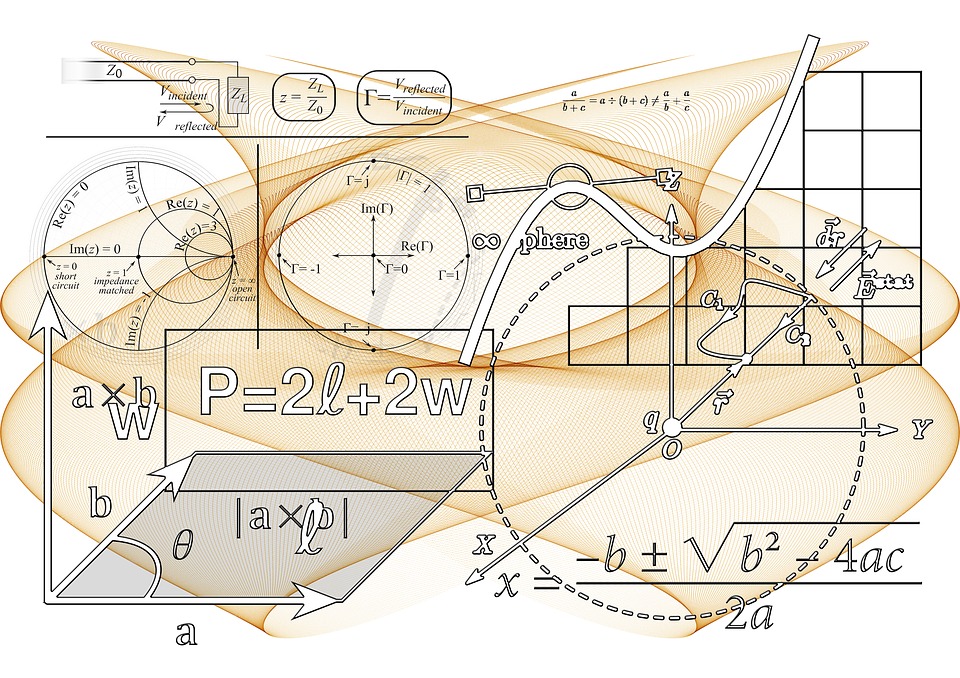

We are all familiar with the concept of addition and a number line. In actual fact it is a very intuitive thing to do and we all learned how to add numbers in elementary school. If we imagine to use an elastic band starting in 0 and ending on 5 we have an easy and picturusque way to illustrate how far a number is away from 0. This band is also a nice way to see if we are in the negative or positive. Imagine we owe a friend 2 apples to realize that you can have -2 apples.

(red arrow represents 5; green arrow represents -2)
5 apples minus 2 apples are 3 apples. But how do we illustrate this operation on the number line? First we should realize that if we add a number we are going to the right side and if we substract a number we go to the left. This means negative numbers point to the left side while positive numbers point to the right side. If we add or substract numbers we stick the end of one arrow to the arrowhead of the other. Note that addition is commutative. That is we can take 5 and stick -2 on it to get 3 or we can take -2 and stick 5 on it to get 3 as well.

(We have the number 5, reduce it by 2 and get the new purple number 3)
There is also a shortcut to write a very specific form of addition, the so called multiplication. Multiplication counts how often a certain number is added. "2 times 3 apples are 6 apples" is a short way to say "3 apples plus 3 apples are 6 apples".
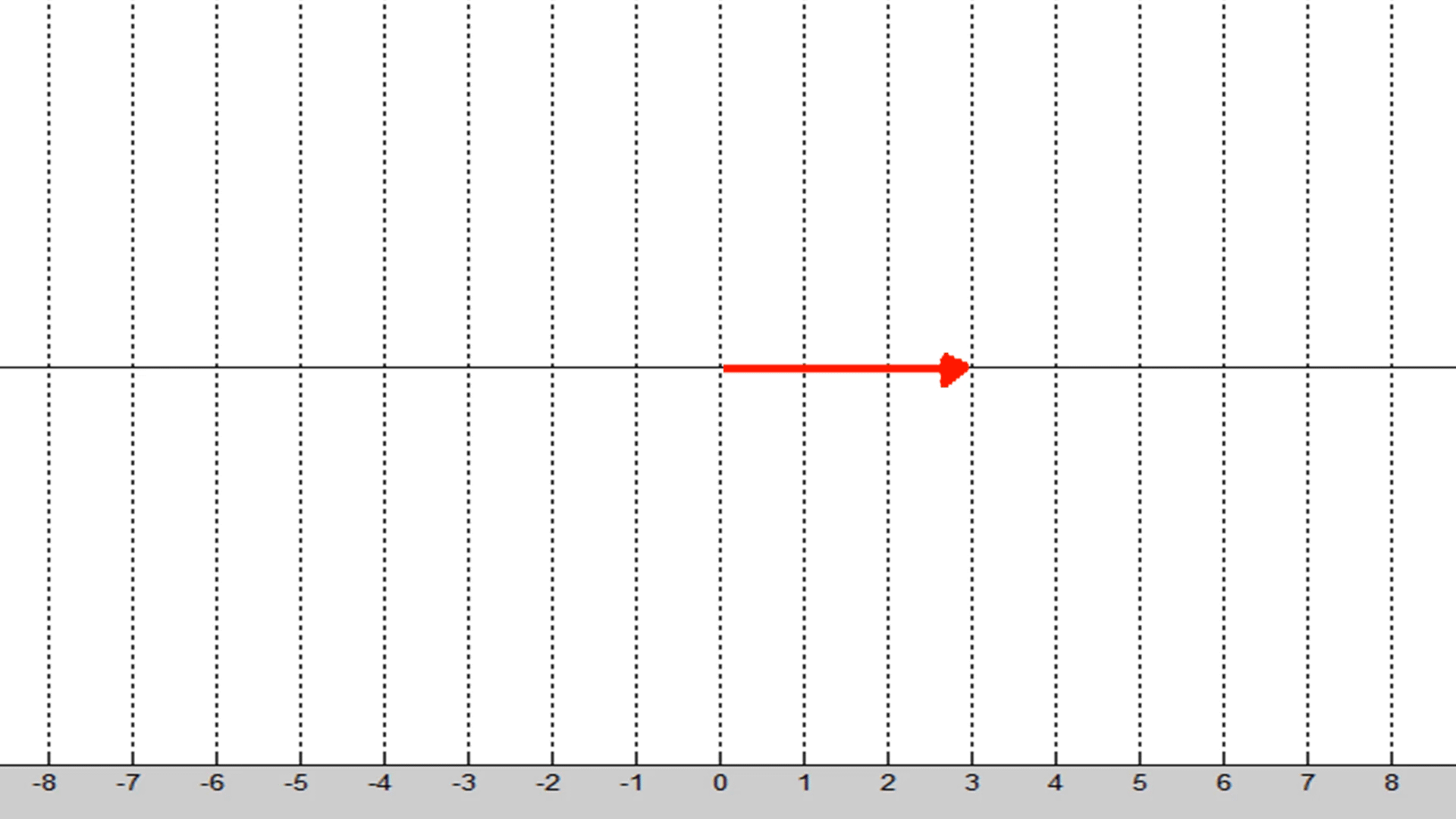
(Red is stretched by the amount of 2, than split into tripples, than mirrored and stretched by 1.5. The numbers change colours to point out that we get a new and different one after every operation that does not multiply the number by 1)
As we can see multiplication is a way how to stretch, compress or mirror a number. We want to keep this in mind. There is a very important characteristic of multiplication. If you want to have 0 apples you either have 0 times 3 apples or -2 times 0 apples or 0 times 0 apples. In general we obtain 0 if any factor in a term is 0.
In our example with apples we added things of the same kind. We can have 5 apples in our basket, but we can also have 4 apples and 1 pear in our basket. We still have 5 "things" in this case fruits. Basically we can cut apples and pears into pieces. We might take half an apple plus 4 and a half pears to have 5 fruits in our basket. We might have 2 apples and 3 pears and so on
Indeed we can find an infinite amount of combinations of how to get 5 fruits in our basket. In order to give structure to this idea we introduce the variables x for apples and y for pears. Let´s assume for this example that we want to quadrupel any amount of apples and leave the amount of pears alone. So the equation would be 4x + 1y = 5. In our case we might choose x = 1 and y = 1 in order to have 5 fruits in our basket. If we assume that we can dismember any apple and pear into arbitrarily small fractions we can choose something like x = 0.0025 and y = 4.99. That is "four very tiny amounts of an apple and nearly one times 5 whole pears are 5 whole fruits in our basket".

How do we illustrate that our 5 fruits are not of the same kind? We can simply add a vertical axis to our number line. The intersection of both axis is where we have literally nothing in our basket – it is also called the origin. The origin is important to have a point every other point relates to. The number 5 would not have any meaning if there would be no 0. How would we count to 5 if there would be no starting point? If we take 1 apples and 1 pear we can illustrate this like in the following image
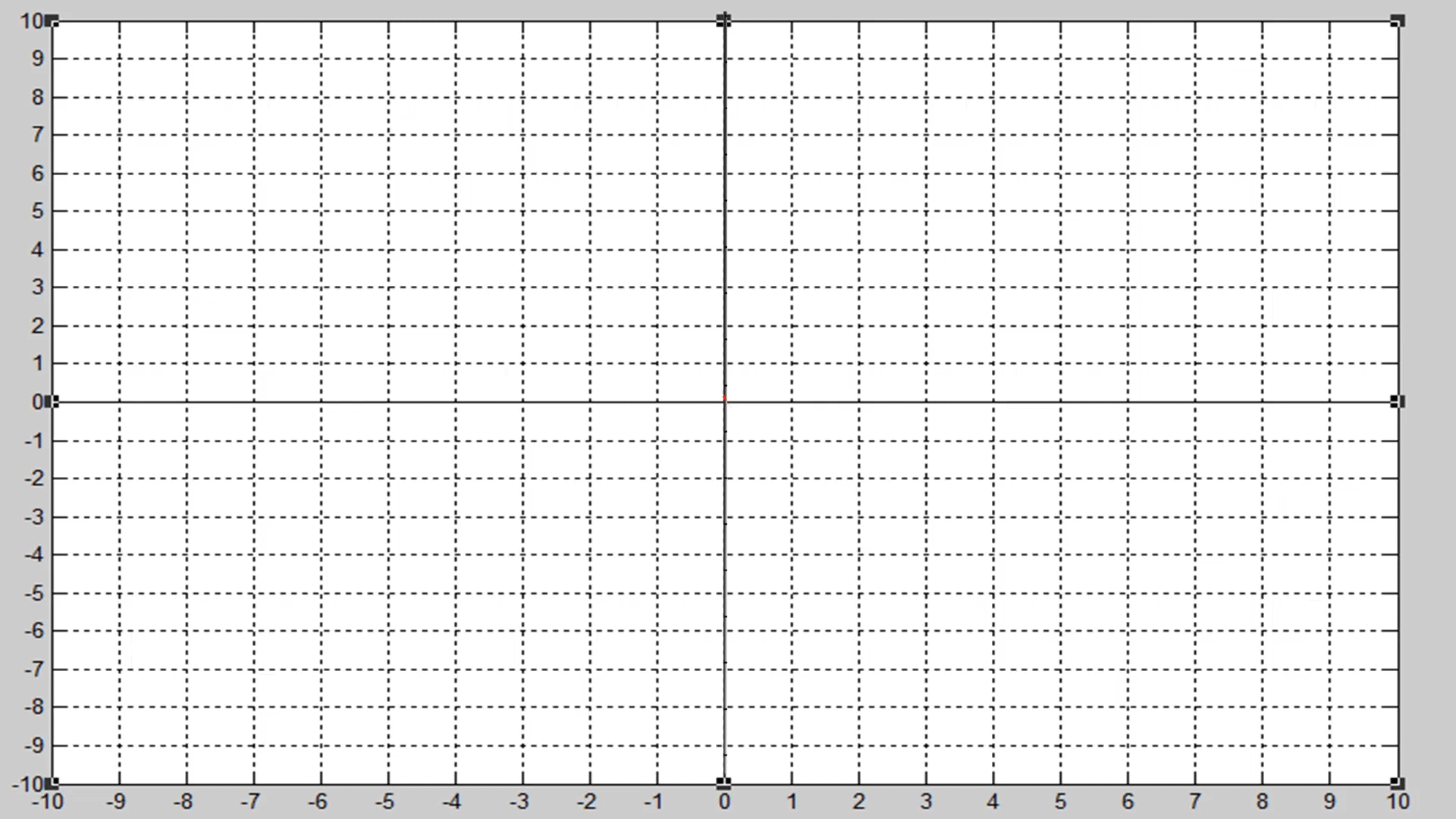
(We go 1 turn to the right on the x axis and 1 turn on the top on the y axis)
Or 2 apples and -3 pears:
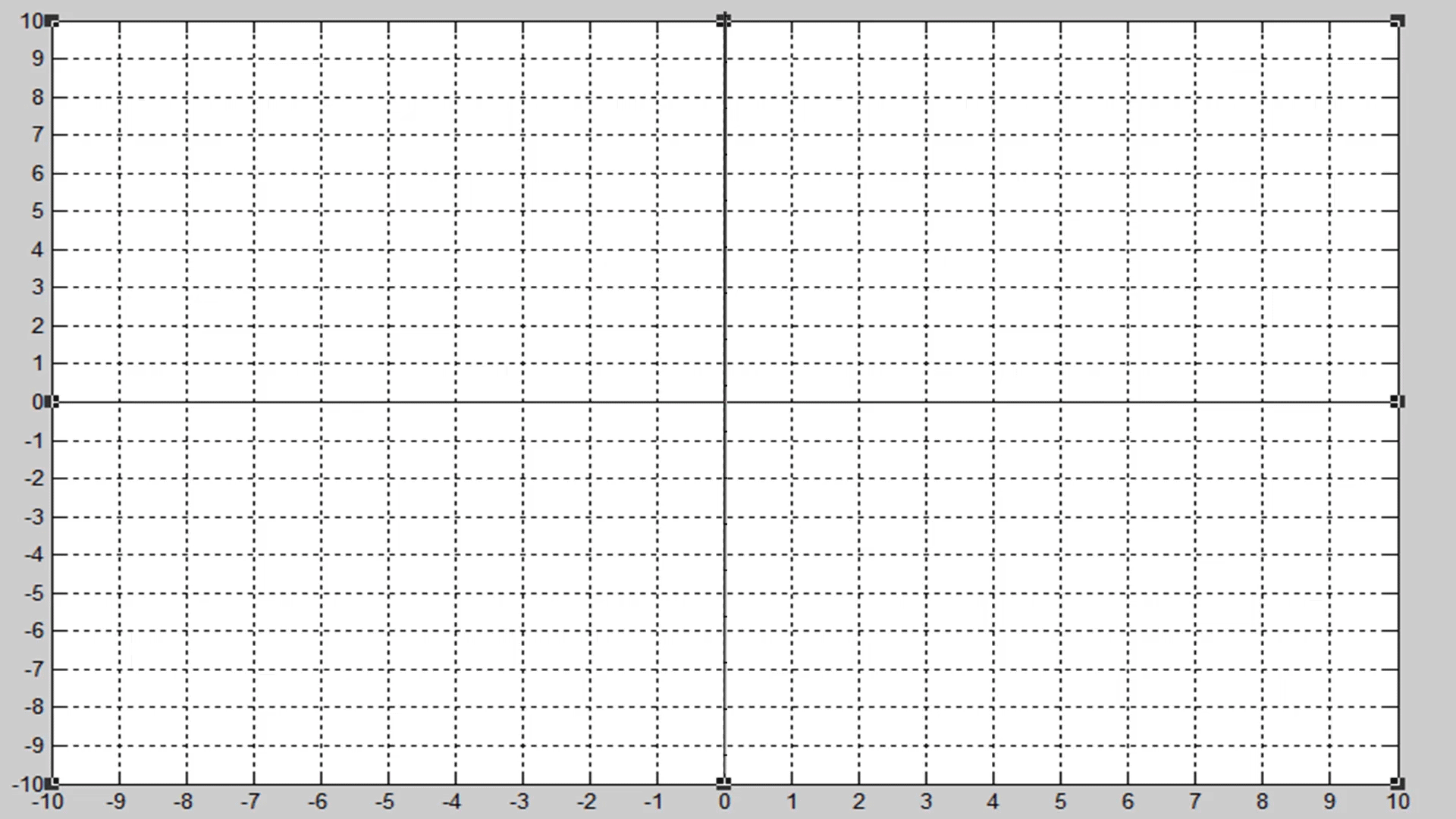
(We go 2 turns to the right on the x axis 3 turns to the bottom on the y axis)
Congratulations you have created your first vectors! Vectors are often written as (1, 1) or  or (2, -3) respectively
or (2, -3) respectively  where the number infront of the commata represents the x axis and the other number the y axis. Vectors are often illustrated by an arrow that starts at the origin and tips the actual vector like in the image above. From the view of rigorous mathematics this is not needed – a vector is simply an element of a vector space. However, the arrows help us to grasp the concept of vectors, they represent a physical direction and they measure the distance from the vector to the origin in 1D, 2D or 3D space.
where the number infront of the commata represents the x axis and the other number the y axis. Vectors are often illustrated by an arrow that starts at the origin and tips the actual vector like in the image above. From the view of rigorous mathematics this is not needed – a vector is simply an element of a vector space. However, the arrows help us to grasp the concept of vectors, they represent a physical direction and they measure the distance from the vector to the origin in 1D, 2D or 3D space.
You can virtually add as many new axis as you want depending on how many kinds of fruits lie in the basket. If you have 17 different kinds you might just add 16 other axes to the original x axis. It is very important that they intersect somewhere however. You always need an origin and the origin is also called zero vector and notated as  depending how many axis you have. This is called the cartesian plane or the coordinate system.
depending how many axis you have. This is called the cartesian plane or the coordinate system.
Later in the real Linear Algebra series that I am planning we will see that the axis actually represent dimensions. Our human perception is limited to 3 dimension, though. This is why it is rather irritating to illustrate 17 different fruits in a coordinate system. In fact we are going to see that 2 axis are enough to create the entirety of the two dimensional space. We will also see that the axis do not need to be perfectly horizontal and vertical. They can be in a non-90 degree angle to each other.
Well done so far. We just face a little problem with the operations of vectors though, especially regarding multiplication. Let´s first address addition of vectors.

Addition of vectors is fairly easy. It works like addition on the number line it just takes the 2 dimensions into account. If we want to have 12 fruits in our basket and we have 2 apples and 4 pears we might add 5 apples and 1 pears. In vector notation that is

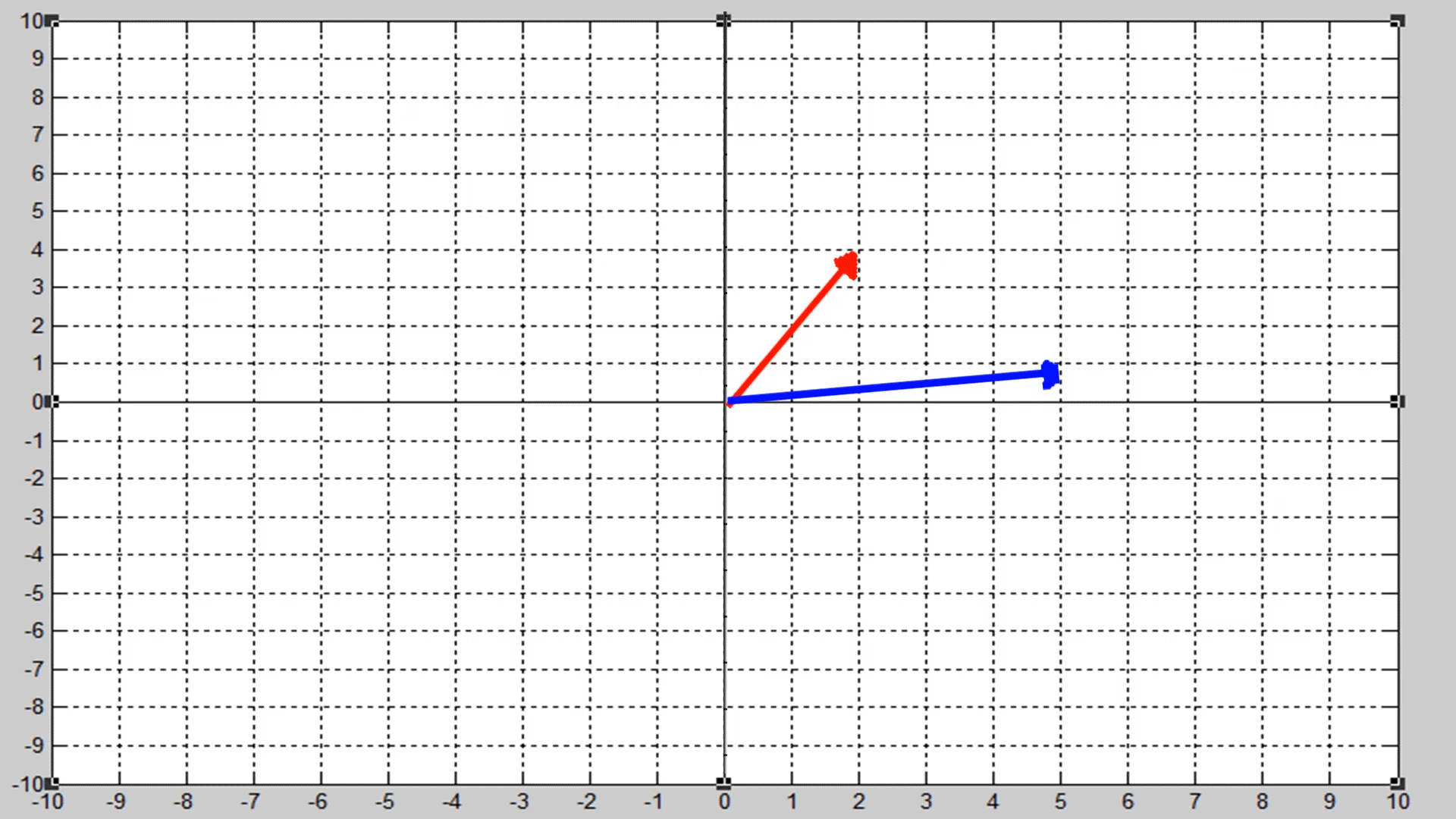
(We add the blue vector to the red vector and get a new green vector)
Geometrically we take the first vector and stick the other vector on the first one just like on the numberline. We see that vector addition can actually change the direction of our elastic band. The general definition of vector addition is that we add the coordinates of the x axis to get a new coordinate on the x axis and we do the same with all other axis. In general:

We can multiply any vector with a number to create a shortcut just like in the one dimensional multiplication. For instance  . We can also take a given vector and pull a factor out. For instance we can take
. We can also take a given vector and pull a factor out. For instance we can take  . This is called scalar multiplication. In general:
. This is called scalar multiplication. In general:

Geometrically this is like multiplication on the number line. Scalar multiplication stretches, compresses or mirrors a vector.
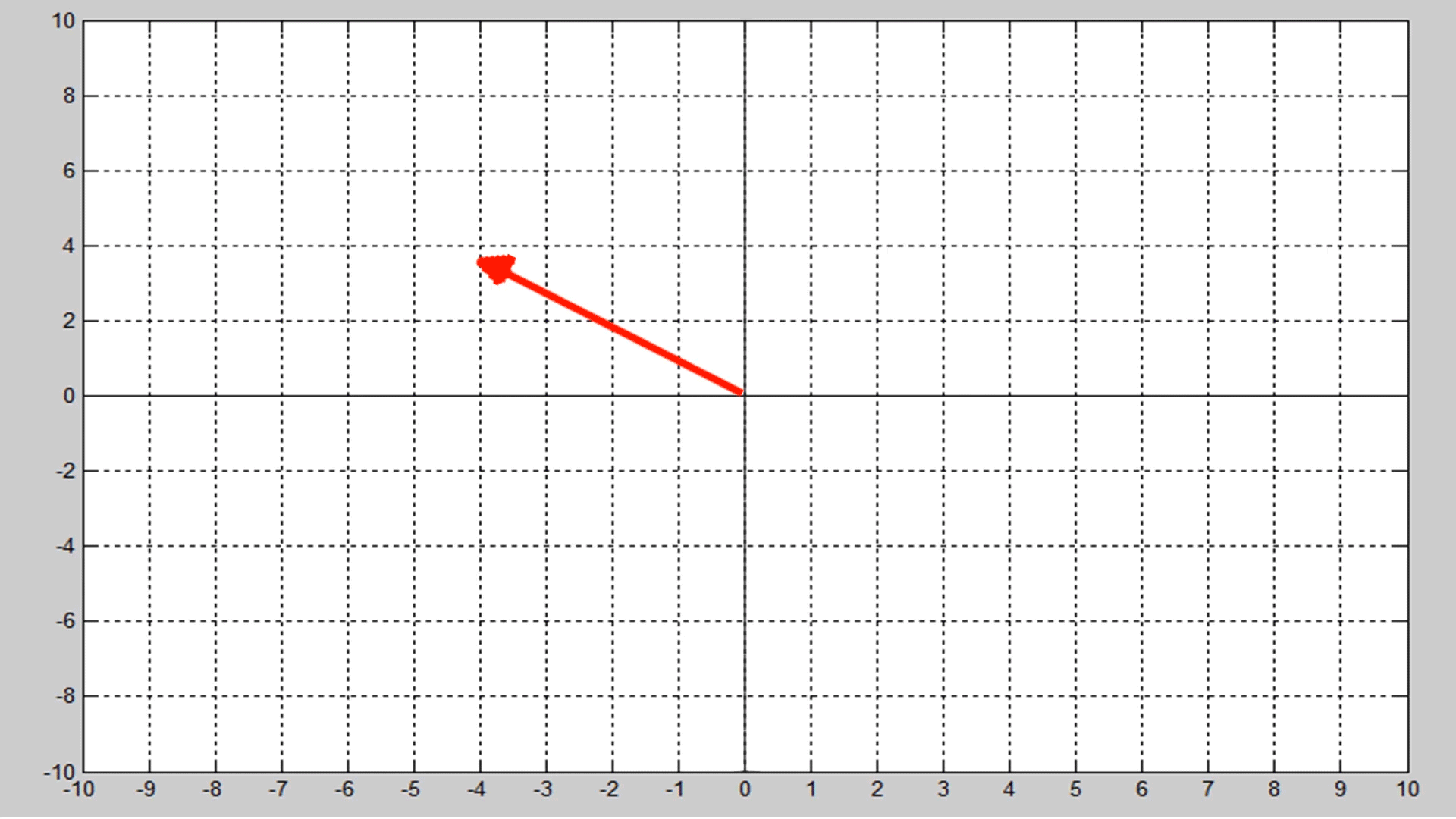
(Vector is being compressed, than stretched and mirrored)

You might wonder if we should define a vector multiplication similarly to vector addition. Suggest we multiply vectors like we add vectors. Now, remember that any factor needs to be 0 to obtain 0. Let´s take a look at vectors  . If we multiply them coordinate-wise we get
. If we multiply them coordinate-wise we get  , but none of the factors is the zero vector. This is a clear contradiction to the rules in the first dimension and that is why we do not define vector multiplication by multiplying coordinates. In an upcoming article we will discuss alternative ways of multiplying vectors.
, but none of the factors is the zero vector. This is a clear contradiction to the rules in the first dimension and that is why we do not define vector multiplication by multiplying coordinates. In an upcoming article we will discuss alternative ways of multiplying vectors.
I hope you understood how the idea of vectors naturally evolved from simple arithmetic and why the definitions of vector operations look like they do. In the next article we are going to take a look at functions to continue on our route to prepare for Linear Algebra!
Stay tuned and follow so you do not miss any article!

References:
S. Lipschutz, M. Lipson, Linear Algebra (McGrawHill, Schaum´s Outlines Series, ed. 5, 2013), pp 1-4
Programs used:
Matlab
Photoshop
After Effects
Thanks to PakoBird for allowing me to use her Ana Pixel Spray
Being A SteemStem Member
Thanks!
Nice introductory article except that 4,99 is a bit weird to represent a decimal :P
Thanks for pointing that out. I am used to the commata notation which is common in germany. I changed it.
Hi @noobsin:)
Please add references for the text of this great post:)
Thank you
(steemstem curator)
@zest
I´ve provided a textbook source now. Not sure if that is what you expect though.
What do you mean with references? I have created the animations myself. If you mean the definition of vector addition and scalar multiplication that is part of every text book regarding this topic. I can link wikipedia articles if you like.
After reading this post, I got the idea that your name should be leetsin, not noobsin.
Plus, I just love your dividers, what game is that graphic from?
It´s from Overwatch
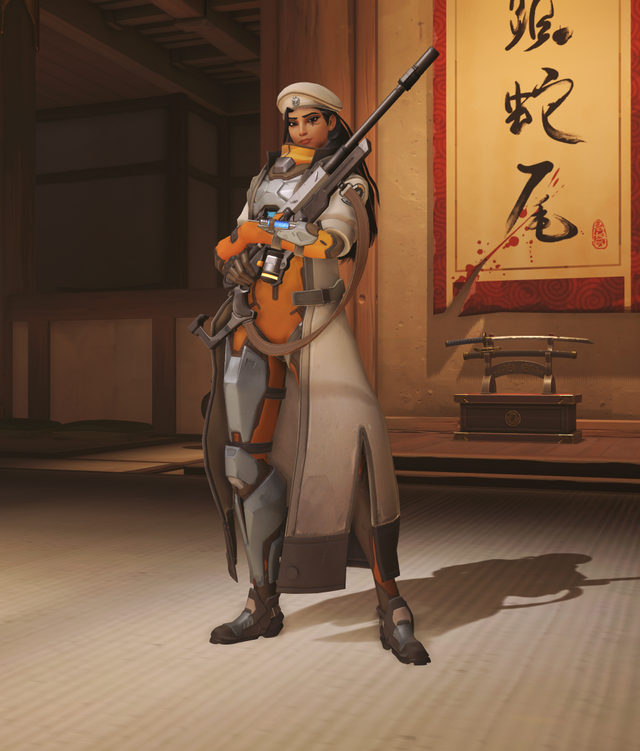
love your blog btw
Congratulations! This post has been upvoted from the communal account, @minnowsupport, by NoobSin from the Minnow Support Project. It's a witness project run by aggroed, ausbitbank, teamsteem, theprophet0, someguy123, neoxian, followbtcnews, and netuoso. The goal is to help Steemit grow by supporting Minnows. Please find us at the Peace, Abundance, and Liberty Network (PALnet) Discord Channel. It's a completely public and open space to all members of the Steemit community who voluntarily choose to be there.
If you would like to delegate to the Minnow Support Project you can do so by clicking on the following links: 50SP, 100SP, 250SP, 500SP, 1000SP, 5000SP.
Be sure to leave at least 50SP undelegated on your account.